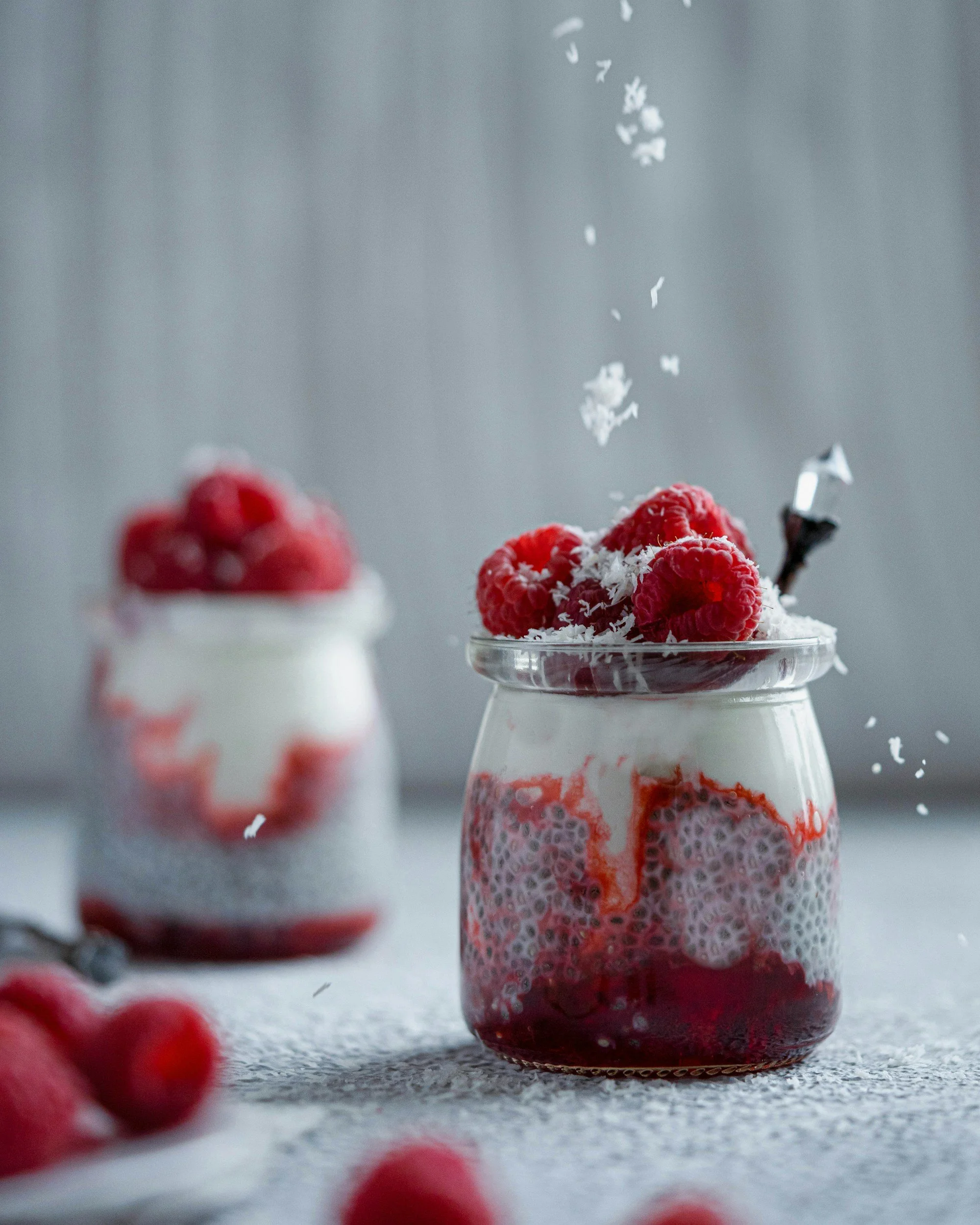5 Key Steps to Sustainable Aging: Build Strength and Boost Longevity
As we age, one of the most significant health challenges we face is muscle loss—known as sarcopenia. Starting as early as age 30, adults lose 3-8% of their muscle mass per decade. This rate accelerates after 60, leading to reduced strength, a slower metabolism, and increased risk of falls, fractures, and chronic diseases (Volpi et al., 2004).
But here’s the good news: muscle is highly adaptable. With the right approach, it’s never too late to regain strength, improve your health, and add years of vitality to your life. Ready to learn how? Let’s dive into the five key steps to sustainable aging.
The science behind muscle and longevity
Muscle does more than help us lift heavy objects; it’s essential for overall health. Research shows that lower muscle mass is linked to higher mortality rates and greater risk of chronic diseases, including type 2 diabetes and cardiovascular issues (Lee et al., 2021).
Stat spotlight
Muscle mass declines by 3-8% per decade after 30, with this rate increasing after 60. By 80, many adults lose up to 50% of their muscle mass (Volpi et al., 2004).
Sarcopenia affects over 10% of adults aged 60 and older worldwide (Cruz-Jentoft et al., 2019).
Why it matters
Muscle acts as a metabolic organ, helping regulate blood sugar and preventing insulin resistance. It also supports mobility, reducing the risk of falls and fractures—one of the leading causes of hospitalization in older adults.
The 5 steps to sustainable aging
-
Regular resistance training is the most effective way to combat muscle loss and maintain strength. Studies show that even in people over 60, resistance exercises can increase muscle mass and functional strength significantly (Harvard Health).
Recommendation: 2-3 sessions per week focusing on compound movements like squats, deadlifts, and presses.
-
Protein is the building block of muscle, yet many older adults don’t consume enough. Research suggests aiming for 1.2-2.0 grams of protein per kilogram of body weight daily to optimize muscle maintenance (Deutz et al., 2014).
Examples of High-Protein Foods:
Eggs, Greek yogurt, lentils, black beans and lean meat.
Protein shakes can also help meet daily requirements.
-
Quality sleep is critical for recovery and muscle repair. Studies link poor sleep to higher cortisol levels and reduced muscle synthesis (St-Onge et al., 2016).
Recommendation: Aim for 7-9 hours of sleep per night and maintain a consistent bedtime routine.
-
Chronic stress elevates cortisol, which can accelerate muscle loss. Incorporating practices like mindfulness, yoga, or breathing exercises reduces stress and promotes recovery (APA, 2017).
-
The key to sustainable aging is consistency, not extreme workouts or diets. A structured, manageable routine produces better long-term results than short bursts of intensity (WHO Guidelines, 2020).
Start with small steps.
Here is how your strength routine can look like.
Day 1
Bodyweight Squats – 3 sets of 12 reps.
Modified Push-Ups – 3 sets of 10 reps.
Plank Hold – 3 sets of 20 seconds.
Day 2
Deadlifts (with dumbbells or resistance bands) – 3 sets of 10 reps.
Overhead Press – 3 sets of 10 reps.
Step-Ups – 3 sets of 12 reps each leg.
Sample high-protein meal day
Breakfast: Greek yogurt (20g protein) with berries and chia seeds.
Lunch: Grilled chicken salad with avocado and quinoa (30g protein).
Dinner: Baked salmon with steamed vegetables (35g protein).
Ready to Simplify Healthy Eating?
Here’s a glimpse of how one day of our customized meal plans looks. It includes delicious recipes and a practical grocery list to save you time and effort!
To get a free sample enter your contact details below.
Download your free guide to quick, healthy meals and a practical grocery list—no strings attached!
“This meal plan completely transformed how I approach meal prep. I’ve saved hours every week! ”



